The Tragic Tale of Gregor Mendel

Gregor Mendel’s life is a haunting reminder of how revolutionary ideas can be lost in the noise of their times. Despite being the father of genetics, Mendel’s meticulous experiments with pea plants were largely ignored by the scientific community. He published his groundbreaking findings in 1866, but they were overshadowed by dominant theories of inheritance. Mendel’s lack of academic connections and the technical nature of his work meant few could understand or appreciate his discoveries. It wasn’t until decades after his death in 1884 that his work was rediscovered and recognized as the cornerstone of modern genetics. Mendel spent his final years in relative anonymity, never realizing the immense impact his research would have. His story reveals how even the most transformative scientific insights can go unrecognized without timely acceptance and communication.
The Overlooked Genius of Alfred Wegener
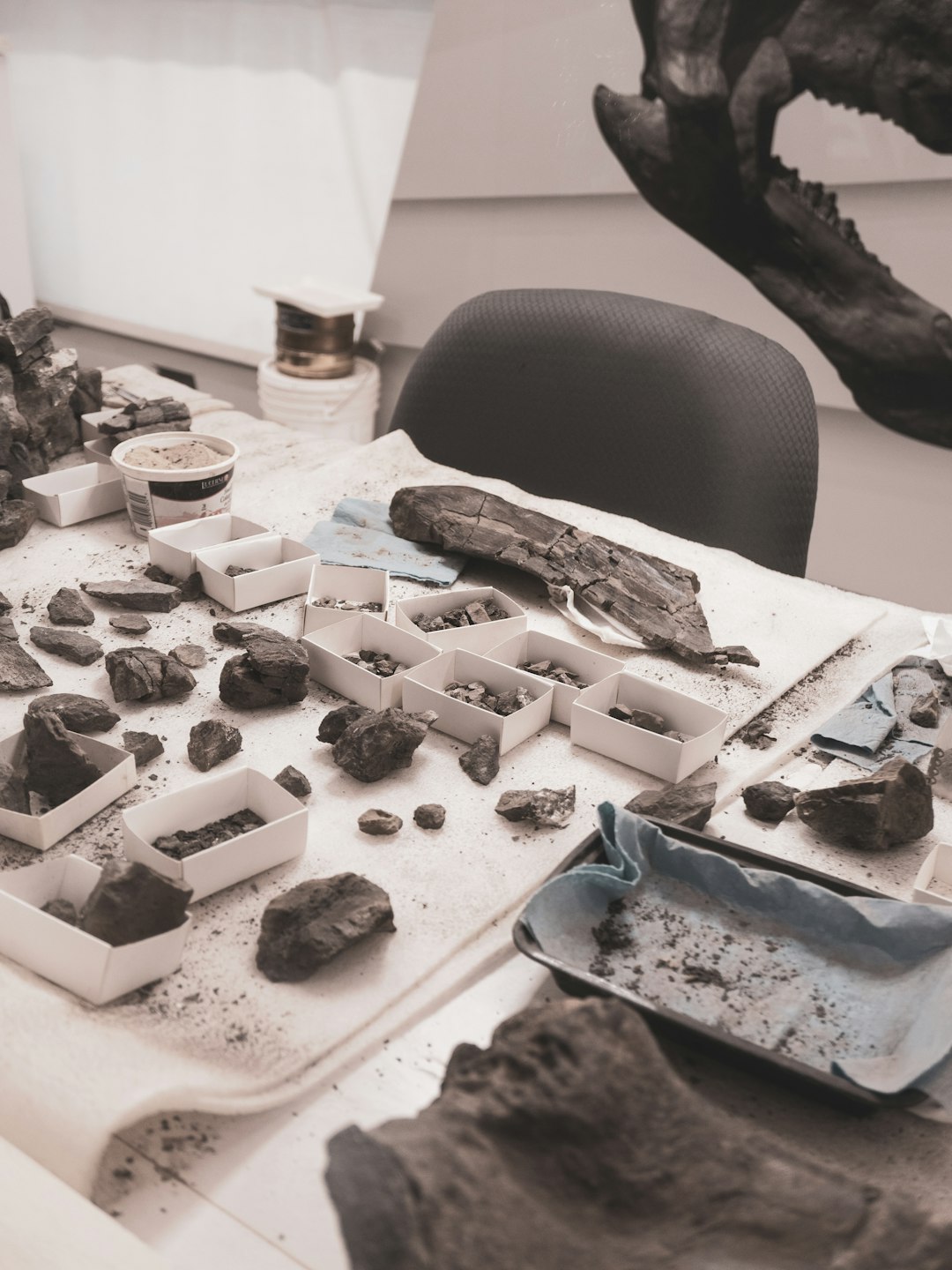
Alfred Wegener’s theory of continental drift was so far ahead of its time that it was dismissed outright by many leading geologists. When Wegener published “The Origin of Continents and Oceans,” he challenged the deeply held belief that continents were fixed in place. His evidence—fossil records, geological formations, and the jigsaw fit of continents—was compelling but went against the grain of scientific opinion. Colleagues ridiculed his lack of formal training in geology and claimed his ideas were fantasy. Wegener died in 1930 during an expedition, never witnessing the eventual acceptance of his theory in the 1960s when plate tectonics became widely acknowledged. His experience is a stark example of how scientific dogma can stifle innovation and leave brilliant thinkers in the shadows.
The Unrecognized Contributions of Ada Lovelace
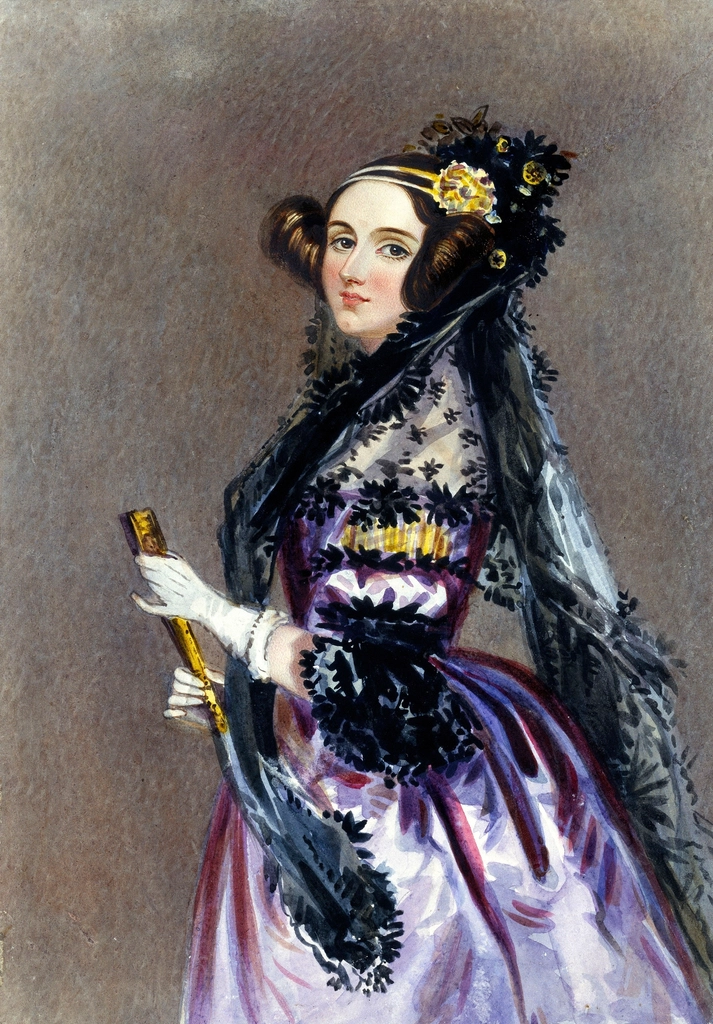
Ada Lovelace’s remarkable vision for computers went mostly unnoticed during her lifetime, largely due to societal expectations for women in the 1800s. Collaborating with Charles Babbage, she wrote detailed notes describing how his Analytical Engine could manipulate symbols and even create music—ideas that foreshadowed the modern computer. However, Lovelace’s insights were dismissed by her peers, and her work was forgotten for over a century. When the computer revolution began, historians finally recognized her as the world’s first computer programmer. Lovelace’s obscurity was not due to a lack of genius but rather the gender biases and narrow perspectives of her era, which prevented her contributions from being properly valued.
The Silent Suffering of Vincent van Gogh
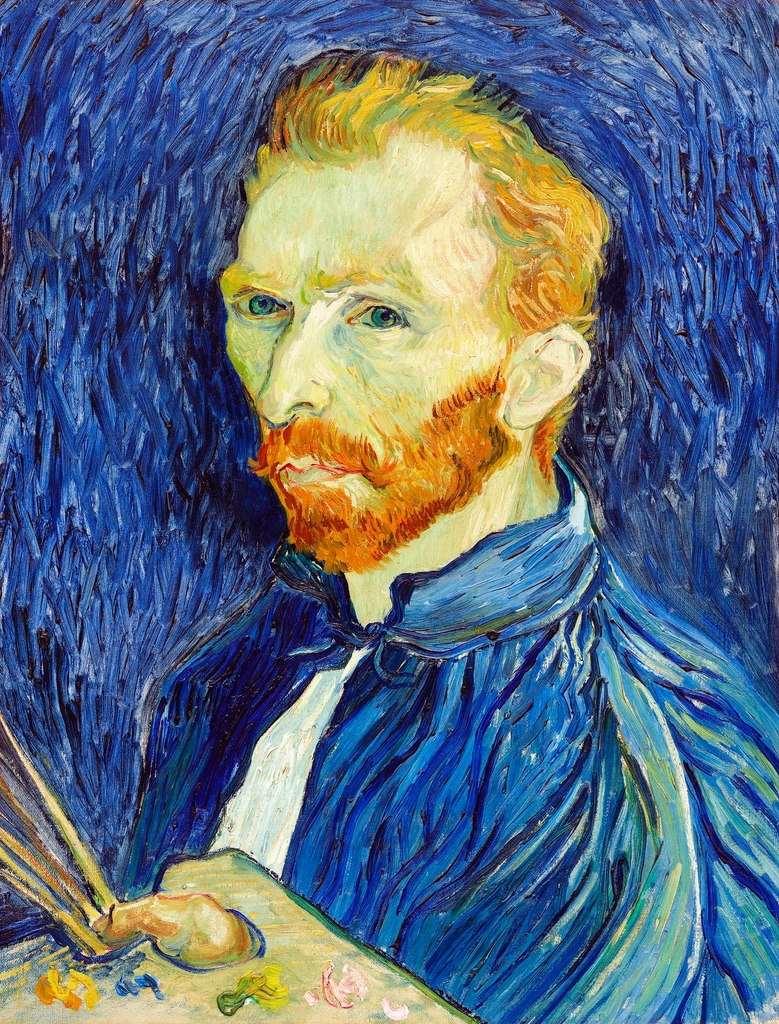
Vincent van Gogh’s paintings now hang in the most prestigious museums, but during his life, he struggled to sell even a single canvas. Tormented by mental illness and poverty, van Gogh poured his emotions onto more than 2,000 canvases, including masterpieces like “Starry Night.” Yet, his contemporaries dismissed his work as crude and unrefined. He died at age 37, largely unrecognized and supported only by his brother Theo. Today, van Gogh’s paintings are worth millions, and his influence on art is immeasurable. His tragic journey from obscurity to posthumous fame is a powerful reminder of how deeply society can underestimate creative brilliance until it’s too late.
The Forgotten Legacy of Nikola Tesla
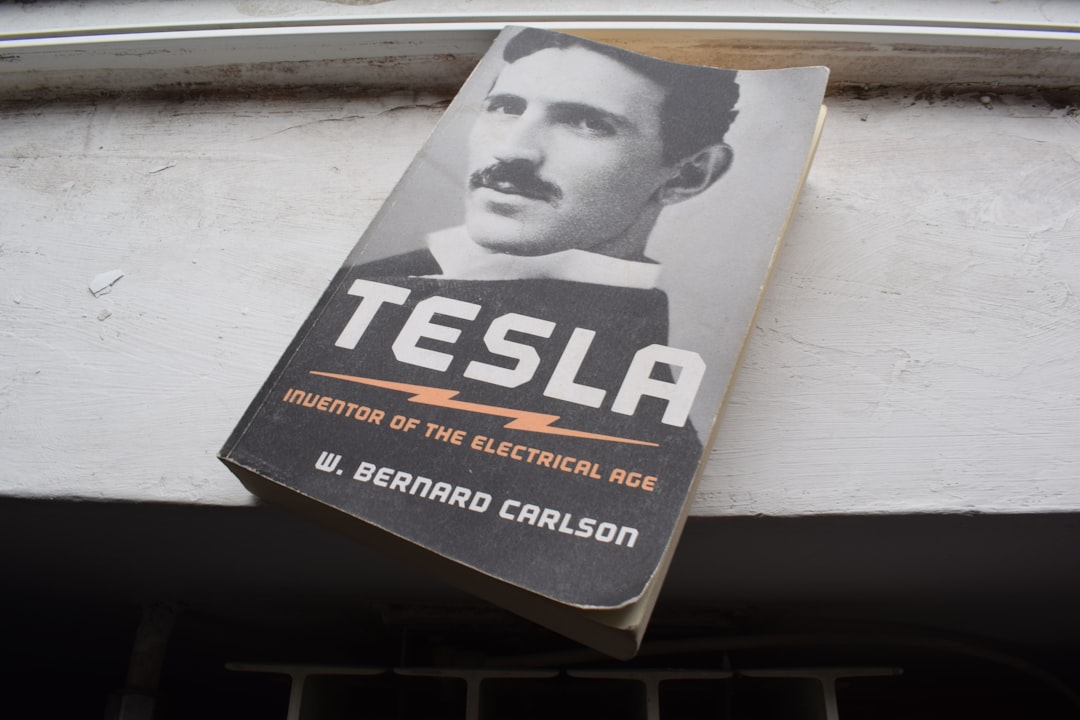
Nikola Tesla’s inventions defined the modern electrical age, yet he died penniless and virtually unknown. Tesla’s alternating current (AC) system became the standard for power distribution, but his achievements were often overshadowed by the more commercially savvy Thomas Edison. Despite patents for groundbreaking devices like the Tesla coil and induction motor, he struggled financially and was sometimes dismissed as eccentric. Tesla’s visionary ideas, such as wireless power transmission, were considered too radical for his time. Only decades after his death did the world begin to appreciate the full scope of his genius, with renewed interest spurred by technology companies and popular culture. Tesla’s fate shows how competition and commercial interests can bury even the most important contributions.
The Unsung Heroes of Mathematics

Mathematics is littered with stories of brilliant minds who never saw their work recognized. Évariste Galois, for example, revolutionized algebra with his theory of groups before dying at just 20 in a duel. His manuscripts were misunderstood or ignored for years after his death. Similarly, Norwegian mathematician Niels Henrik Abel proved the unsolvability of certain polynomial equations but spent his short life in poverty and obscurity. Their discoveries only gained recognition posthumously, shaping entire fields of modern mathematics. These examples illustrate how the complexity and abstractness of mathematics often leave its pioneers unappreciated until much later, sometimes long after they’re gone.
The Hidden Figures of Science

Many women in science have had their achievements overlooked or even claimed by men. Rosalind Franklin’s crucial work photographing the structure of DNA was instrumental, yet her contributions were not acknowledged when Watson and Crick received the Nobel Prize. In 2024, new archival research and documentaries have shed more light on Franklin’s role, prompting ongoing debates about recognition in science. The marginalization of such figures is not just a historical issue—recent studies show that women’s research is still cited less often than their male peers. The struggle for proper acknowledgment continues, underscoring the systemic challenges that keep many great minds in the background.
The Tragedy of the Innovators
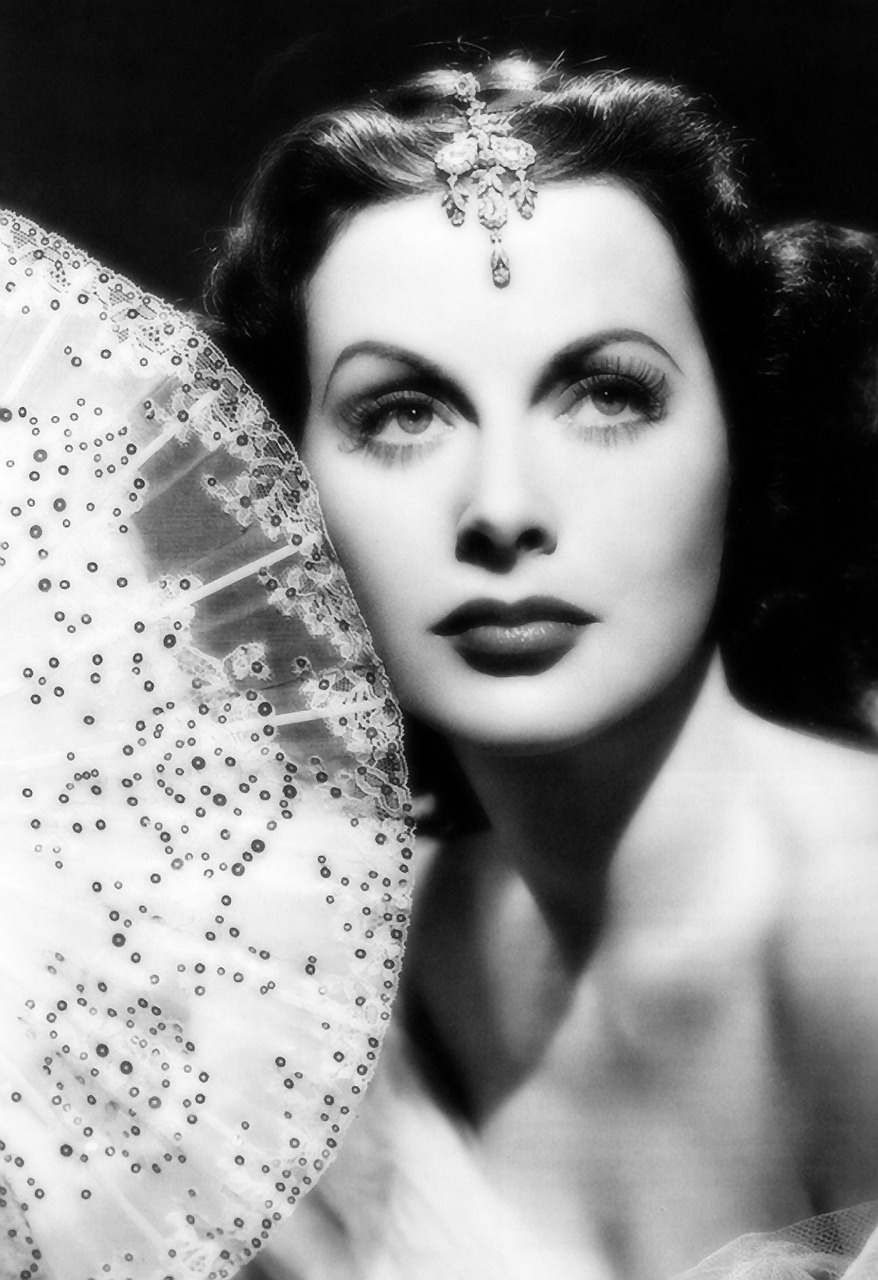
Some of history’s most inventive individuals have suffered from a lack of recognition because their talents spanned unexpected fields. Hedy Lamarr, best known as a Hollywood actress, co-invented a radio guidance system for Allied torpedoes during World War II. Despite the technology’s significance for modern Wi-Fi and Bluetooth, her contribution was ignored for decades. Only recently, as wireless technology has become ubiquitous, has Lamarr received public honors and awards. Her dual identity as both artist and scientist led to skepticism from experts in both worlds, highlighting how rigid perceptions of expertise can delay acknowledgment of innovative breakthroughs.
The Impact of Timing and Context
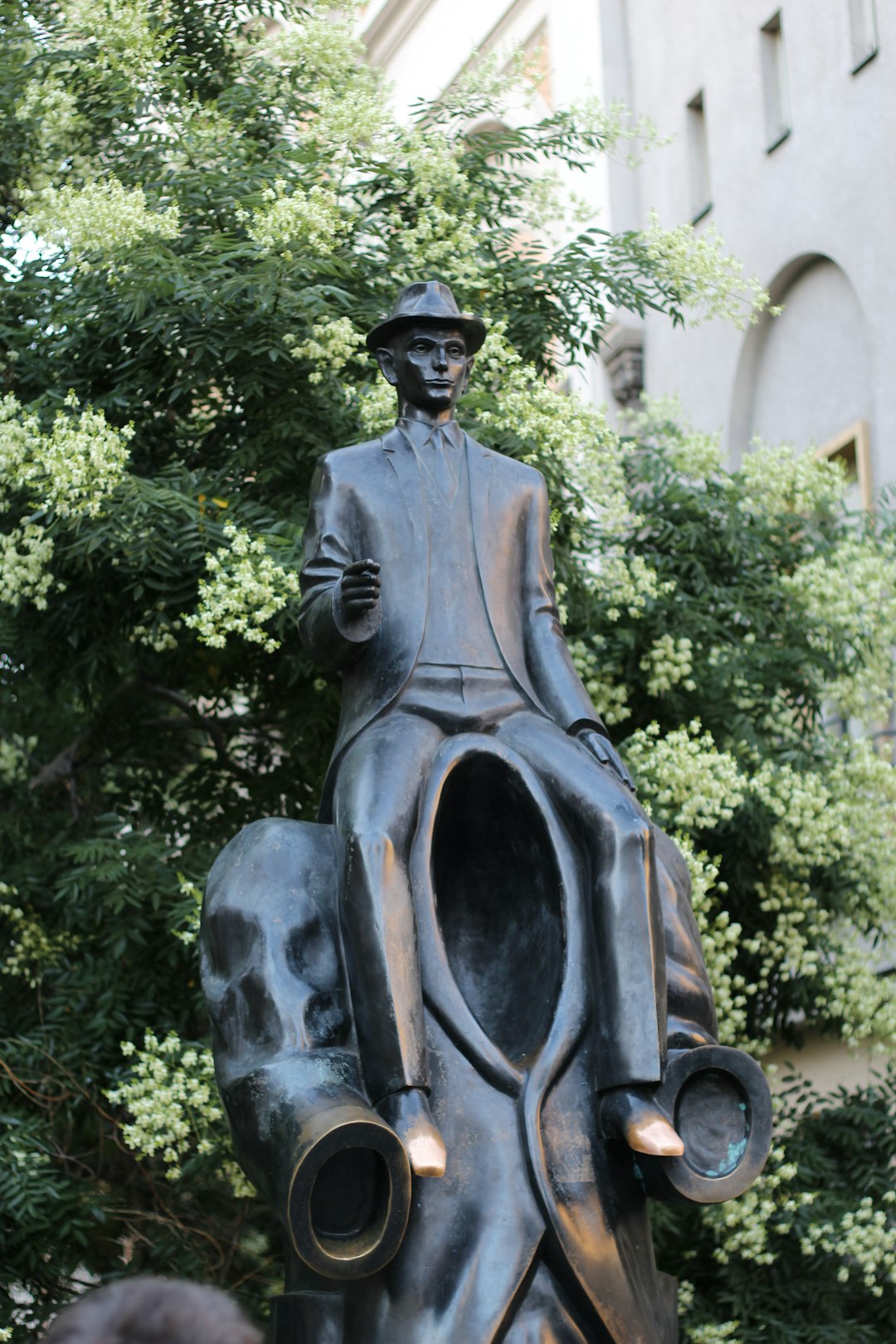
Timing can make or break a legacy. Socrates, one of history’s most influential philosophers, was executed for his radical ideas, and his teachings only rose to prominence through his student Plato. Franz Kafka, now considered a literary giant, had much of his work published only after his death by a friend who ignored Kafka’s wish to have it destroyed. Their stories show that society’s readiness, or lack thereof, to embrace new ideas can doom even the brightest minds to obscurity. In many cases, only a shift in cultural or scientific context reveals the true value of their work, sometimes centuries after it was first conceived.
The Role of Communication in Legacy

How thinkers present and disseminate their ideas often determines whether they are remembered or forgotten. Baruch Spinoza, for instance, wrote philosophical texts that were difficult for his contemporaries to digest, resulting in little attention during his lifetime. Only later did his work reshape entire fields of philosophy. Recent research in 2025 has highlighted the ongoing importance of science communication, with experts stressing the need for clearer, more accessible language. Without the right communication tools or platforms, even the most brilliant discoveries can remain hidden, waiting for a more receptive audience.


